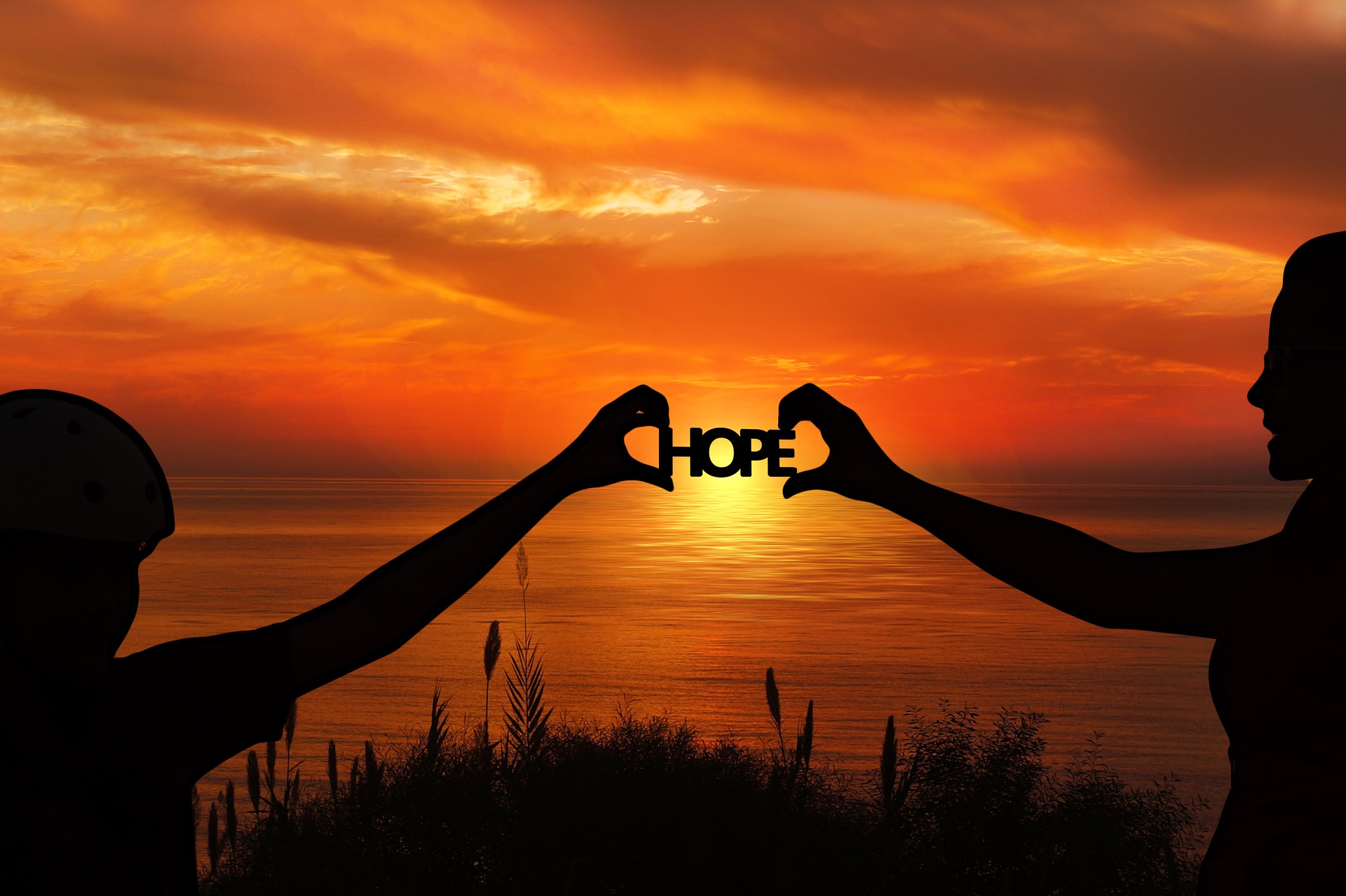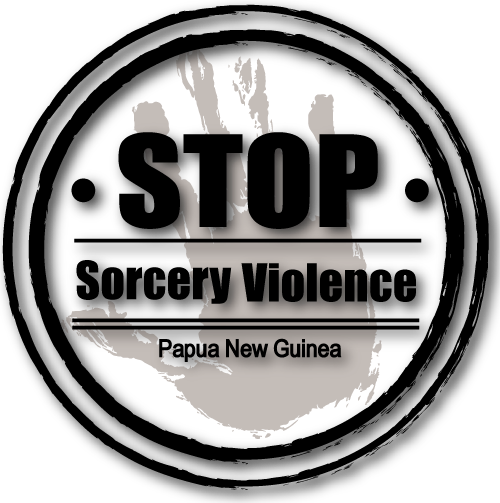Justice for ‘witches’ killed in Papua New Guinea

Image by Gerd Altmann from Pixabay
by Anton Lutz
It is another sunny afternoon. The casuarina trees move quietly in the breeze. Mary is alone, thinking about what has just happened. For nearly two years, she had been working with the police prosecutors to bring the men who killed her mother to justice. Today was the final court hearing. Two men were each sentenced to six years in prison.
Mary knows that is not enough. There were other men who were involved. Mary looks at the bushknife in her hand. Will she take revenge? Were they right that her mother was a sanguma witch and deserved to die? The pastors say she should forgive them, even though these men tortured her mother. Mary looks up, wishing there were answers. The sun just keeps shining.
The court cases we think about today are not the witch trials from the Dark Ages where men who believed in witchcraft sat around and tried to decide who was guilty and who was not. The world has moved on. Most people now realise that we cannot convict a person to death based on rumours, superstitions and invisible evidence. Most people now realise that extra-judicial violence (violence done by you and me without court or government permission) is a sure-fire way to create destruction in our communities. So when we talk about court cases, we are talking about holding murderers and violent perpetrators accountable to the laws of the nation in which they live.
The men who attacked Mary’s mother believed that she was a sanguma. In the nation where they all live, Papua New Guinea, this word means different things to different people (see my earlier blog posts for more on this), but we can say that they thought she was the reason something bad happened. She had some dark magic, or used black power, or something bad lived inside her, whatever… And so, to protect the community, they decided to torture and kill her.
Now, we could go into all the struggles that Mary has had. We could investigate who could have helped her and why they did not. We could debate whether her mother really was a sanguma and what the proof might have been. But today let us look at the bigger picture of what has been happening in Papua New Guinea’s courts when they deal with these kinds of cases. Is there hope for Mary?
To help us think about this, we have an excellent article reviewing twenty years worth of court rulings that have to do with Sorcery Accusation Related Violence (SARV) in Papua New Guinea. The research team literally looked at every case that they could find, 64 cases involving 248 defendants.
Some of the highlights include:
- There is hope. There have been cases brought before the court each year. But not many. Average of around 4. That’s not enough, but it is a start.
- Many unknowns. Because there is such limited data, the researchers do not usually estimate how many SARV cases there are in PNG each year. This means we don’t know the exact number of how many Marys are out there who never get to see justice. We know there are thousands of men and women like her who have to live with knowing that their loved one has been murdered and that there have been no legal consequences.
- Crime has consequences. Most people convicted of SARV crimes get 10+ years in prison. The idea is that potential perpetrators will choose not to commit crimes if they know they could spend 10+ years in prison, if not the rest of their lives. In Mary’s case, the six years in prison handed down by the judge was less than the average.
- Justice delayed is justice denied. While most of the cases moved through the court system in less than 4 years, some took as long as 8 or 9 years! If we imagine Mary’s case, who knows what kind of struggles and challenges she faced.
- Different crimes need different charges. SARV can involve many different crimes, not just murder. Some of them include grievous bodily harm, defamation, destruction of property, theft, attempted murder, and so on. Most of the cases brought to the courts over the past 20 years have focused on murder and willful murder, but there are definitely other crimes that have been committed. What if those were prosecuted too?
- Men and women are equal victims, but not equal in justice. Even though both men and women are attacked and killed on sorcery accusations in PNG each year, the people using the court are mostly men, not women. Where are the women like Mary? Do they face extra obstacles? How do they get the support they need?
- Mob crimes do not get mob justice. Every case is different in the particulars, but when it comes to prosecuting the people who commit SARV crimes, it’s clear that in most cases, only a few people face any consequences for what was a group attack. In 75 percent of the cases, only one or two people were charged in court. Just like Mary, we all know that there are usually many more people involved in any attack, from bystanders to those who hide knowledge and evidence of crime from the police investigators. To just prosecute one or two means that twenty or thirty face no consequences and are free to commit crimes again, including intimidation of people like Mary who seek justice.
The paper concludes its analysis by giving six policy recommendations:
- Focus on increasing SARV prosecutions
- Prosecute a range of harmful SARV behavior
- Assist female victims in prosecuting cases
- Fast track cases through the court system
- Arrest all perpetrators in cases involving group attack
- Communicate court decisions and sentencing to wider public.
For more of the data and to see the full discussion, please do make sure you read the article by Dr Forsyth.
To sum it up then, what are our takeaways?
For those of us who watch this space, it is important to get our facts right. We (myself included) often decry the lack of consequences for perpetrators, but we should remember that there are cases that are moving through the courts and obtaining convictions. That means there are complainants. There are prosecutors. There are judges. There is a system that is working, despite all the obstacles, to deliver justice and serve the citizens. That’s important to remember and recognise.
At the same time, this paper makes clear that while Mary saw two of her mother’s killers locked up for six years, her story is the exception. Most of the people who accuse, attack, torture and murder their fellow Papua New Guineans get away with it. Obtaining any kind of justice is difficult. SARV destroys not only the lives of the direct victims, but their families and loved ones, the lives also of the perpetrators, and can often lead to revenge killings or even to hugely destructive tribal fights. People flee their homes and live as refugees, and there is widespread fear in communities. The ripple effects go on and on.
If there was a genuine reason for all of this, that would be one thing. But all of this trauma, pain and death is because of a sanguma story that we were told as children. Scientists will be studying Papua New Guineans for decades trying to figure out why young men born in the 21st century and carrying smartphones are willing to believe that story and torture and murder their own mothers. Quaint, to be sure, but also tragic.
In my next blog post, I’ll cover the cycle of violence and how it applies to SARV.
